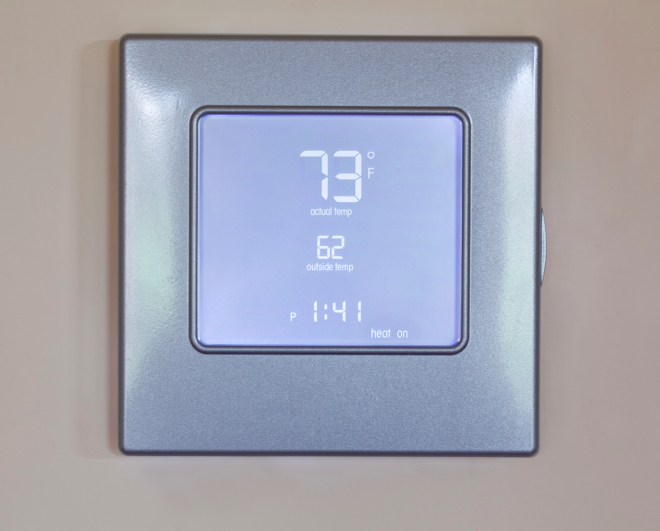The Down Payment: Everything You Need to Know About Your Down Payment on a New Home
 Whether you’re just starting to shop for a new home or you’ve found the perfect house and are crafting your offer, if you’re taking out a mortgage to help cover your real estate purchase you’ve likely given some thought to your down payment.
Whether you’re just starting to shop for a new home or you’ve found the perfect house and are crafting your offer, if you’re taking out a mortgage to help cover your real estate purchase you’ve likely given some thought to your down payment.
In today’s blog post we’ll explore the topic of down payments and share how the amount you put down on your home will affect your mortgage.
How Your Down Payment Affects Your Mortgage
As you know, your mortgage is essentially a large long-term loan that is paid back with interest over a set time period. If you put a large down payment against the purchase, you will not only reduce the amount that you’ll need to pay back, but you’ll also reduce the lender’s risk and this may allow them to provide you with lower interest rates.
Conversely, if you can’t place very much down on your home and you’re left borrowing as much as you can you may find that your mortgage comes with higher interest rates or that some mortgage lenders refuse your business entirely.
The Gold Standard: 20% of the Purchase Price
For the vast majority of homeowners it’s expected that they will be able to contribute at least 20 percent of the home’s purchase price. For example, if you are buying a $200,000 house you’ll need to have at least $40,000 available for your down payment. Note that the 20 percent figure isn’t a hard requirement; some mortgage lenders will be willing to approve you with less, but you may be subject to private mortgage insurance, higher interest rates and more.
Saving Up Your Down Payment
Depending on your financial situation and the cost of your home you may find that saving up 20 percent of the purchase price to put toward a down payment places a strain on your finances. If you still have a year or more before you’re ready to jump into the real estate market, consider putting some money aside each month that can be used for a down payment. If you receive any lump sum payments like a tax return, save this in your down payment fund as well.
As you can see, your down payment is one of the more important considerations you’ll have to make when buying your home with a mortgage. If you have questions about mortgages or down payments, be sure to call your local mortgage professional today as they’ll be able to share their guidance and expertise to help you make the best financial decision.
 Last week’s housing related news was lean, with no scheduled reports released other than Freddie Mac’s primary mortgage market survey.
Last week’s housing related news was lean, with no scheduled reports released other than Freddie Mac’s primary mortgage market survey. It doesn’t matter if you heat your home with electricity, natural gas or some other energy source; prices continue to rise and that means increased heating costs for most of us.
It doesn’t matter if you heat your home with electricity, natural gas or some other energy source; prices continue to rise and that means increased heating costs for most of us.